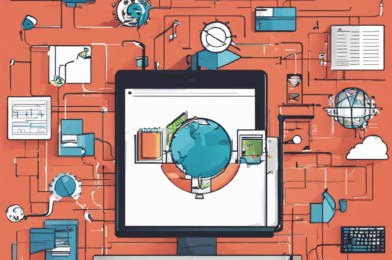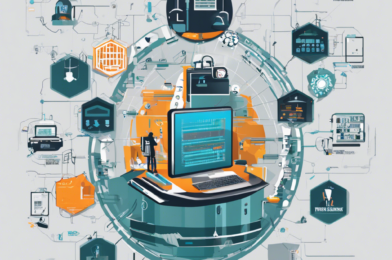The year 2024 promises to be an exciting time for technological advancements, with innovations set to revolutionize various industries and our everyday lives. From healthcare to sustainability, here are the top 5 breakthrough technologies that are worth keeping an eye on as we approach 2024:
1. **Advanced Robotics and Automation**: The field of robotics is poised for significant growth in the coming year. We can expect to see more sophisticated robots with enhanced capabilities, such as improved dexterity, advanced AI algorithms, and better human-robot collaboration. These developments will have a profound impact on manufacturing, logistics, and even healthcare. Imagine robotic assistants performing intricate surgeries or helping with daily tasks in hospitals, improving efficiency and patient care. Additionally, the rise of automation will continue to transform industries, making processes faster, more accurate, and cost-effective.
Enhanced automation will lead to the development of smart factories, where machines and humans work together seamlessly, increasing productivity and opening up new possibilities for customization and on-demand manufacturing.
2. **Sustainable Energy Solutions**: The world is witnessing an urgent need for cleaner and more efficient energy sources. In 2024, we will see further advancements in renewable energy technologies. Next-generation solar panels and wind turbines will become more efficient and affordable, making renewable energy more accessible to communities worldwide. The development of advanced energy storage systems, such as improved lithium-ion batteries and innovative hydrogen fuel cell technologies, will also play a crucial role in stabilizing renewable energy sources.
3. **Quantum Computing**: The race to build a practical quantum computer is heating up. In 2024, we might witness significant milestones in this field. Quantum computers have the potential to solve complex problems that are currently beyond the reach of classical computers, revolutionizing fields like drug discovery, financial modeling, and cryptography.
4. **Advanced Brain-Computer Interfaces (BCIs)**: BCI technology allows direct communication between the brain and external devices. In 2024, we can expect to see remarkable advancements in this field, enabling more precise control and opening up new possibilities for people with disabilities.
5. **Personalized Medicine**: The future of healthcare is personalized. With advancements in genomics and data analytics, doctors will be able to tailor treatments to individual patients.









